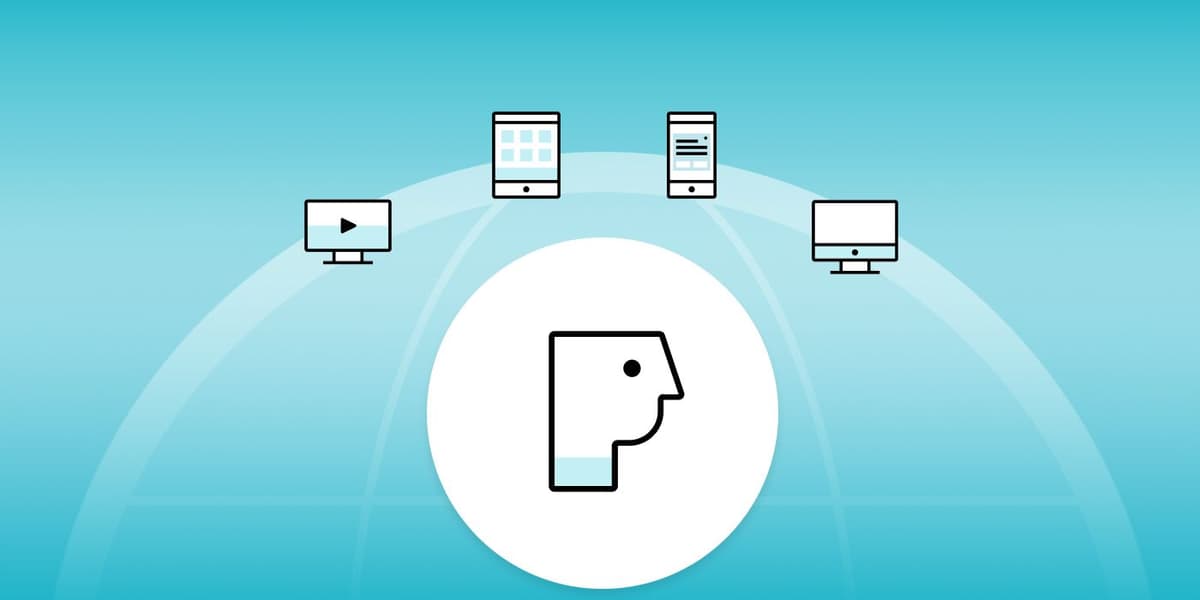Mastering Customer Engagement in an Increasingly Connected World
Published on December 19, 2019/Last edited on December 19, 2019/5 min read


Magith Noohukhan
Product Evangelist, BrazeBut here we are, with smart speakers and the digital assistants that power them being used every day in homes around the world. Amazon has sold more than 100 million Echo devices to date, with22% of British households (as well as more than one-third of US households) currently using a voice-controlled digital assistant, a number that’s only expected to grow. Whether you’re reviewing emails, booking a car ride, playing music, ordering pizzas, or even banking, the rise of Alexa, Google Home, and other similar assistants have pioneered a new, voice-controlled way of engaging digitally with brands.
Since 2010, every conference I’ve gone to featured at least one session focused on being “mobile-first” and providing guidance on how brands could keep mobile devices in mind as they rethought their customer journeys. Now, with 2020 fast approaching, consumers are online constantly—not just on smartphones and other mobile devices, but using laptops, wearables, smart TVs, and a wide variety of other devices and platforms. And this shift brings with it new challenges—and new opportunities—for brands.
Today’s Expectation: Cross-Device, Cross-Platform, Cross-Channel Experiences
For most people, engaging with connected devices of one stripe or another begins within hours of waking and continues all day long. 55% of people in the US check their email before going to work, with 17% checking email right when they wake up. For my part, I’ve gotten into the habit of checking email on my phone, asking Alexa to manage my calendar and find the easiest transit option to work, then hitting the gym in the morning on the way the office and using wearable tech to track my pulse. So before I’ve reached work, I’ve often interacted with three different digital devices. And during work hours, my interactions—and those of many office workers—shift from mobile to desktop computers and sometimes tablets.
If a brand wants to understand how I engage with them, it needs to measure my behavior across many different digital platforms and channels—from email, and mobile apps to websites, social media, and voice-based platforms. Every consumer has his or her own channel and platform mix. The challenge: no matter how many devices or platforms we touch, we all expect the same thing: A cohesive, seamless experience from the brands we love, wherever we choose to engage.
Today’s Reality: Ever-Changing Customer Preferences
Providing that seamless experience is hard, but there’s an additional challenge for brands to consider: The fact that any individual’s preferences and behavior can—and often do—change over time. Just because someone usually goes on a cruise every winter doesn’t mean they can’t decide that this is the year to take a ski holiday; similarly, someone who’s been an omnivore for decades can become a vegan tomorrow.
For brands, that means that if you can’t ensure that your customer data and segmentation is updated in real time, you may find yourself targeting the wrong audience segments a significant chunk of the time. Do that often enough and your audience may question how well you understand their needs—and whether you’re really the right company to deliver on those needs.
Today’s Solution: Optimizing Your Data, Technology, and Teams
For brands these days, the vision is clear: You want to reach the right audience at the right time with the right message, and do it consistently, day-in and day-out. It’s making that vision a reality that can be a challenge. You need to know about each individual user’s preferences and behavior—plus, when those behaviors and preferences change, you need to know about it as it happens so you can ensure that you’re providing genuinely relevant experiences.
Ultimately, relevance is key to mastering personalization, personalization is essential if you want to add value, and adding value consistently makes it possible to drive real brand loyalty among your audience. And data is at the core of it all.
If you’re collecting the right data, it’s possible to use dynamic segmentation and personalization to fit the messages you send to the people receiving them. And by pulling data through your customer engagement stack in real-time, you can get timely feedback on the results of your marketing efforts as well as shifts in customer preferences and behaviors, ensuring that your brand is well-positioned to provide brilliant, highly relevant customer experiences, now and in the future.
Final Thoughts
A lot can change in a year (or ten), especially when it comes to our fast-evolving technology and customer engagement landscape. It’s not possible anymore to take a set-it-and-forget-it approach to your marketing; you need to put your customers first, and that means being responsive, shifting the experiences your brand provides as each individual user’s preferences shift. It’s a big undertaking, but when you get it right, the rewards can be extraordinary.
So, with 2020 approaching fast, let’s all resolve to do what it takes to make our customer engagement efforts more relevant and more human by communicating with consumers on a personal level, in ways that resonate and add value. Cheers!
Related Tags
Be Absolutely Engaging.™
Sign up for regular updates from Braze.
Related Content
View the Blog
How behavioral marketing turns data into personalized experiences

Team Braze

The new inbox reality: How iOS changes are reshaping email marketing

Aparna Prasad

Experience optimization: Turning data insights into better journeys
